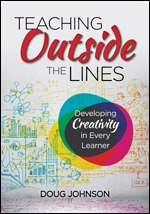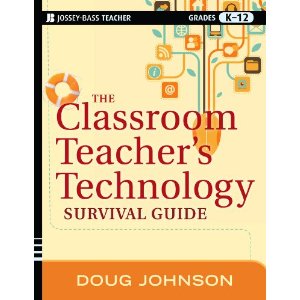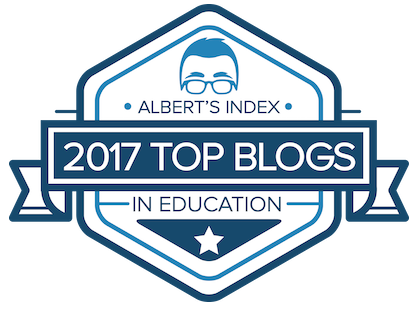Getting the most from your tech dollar 3: Sustainable technology
 Monday, May 23, 2011 at 06:32AM
Monday, May 23, 2011 at 06:32AM Over the next few days, I'll be addressing some strategies school districts use to get the most from their technology dollars. See the full list here. Any budget stretching strategies you're willing to share?

3. Sustainable technology
There is an economic and ecological philosophy called “sustainable agriculture.” The folks who practice this method of farming believe that more should not be taken from the land than can be naturally replaced by it each year. By rotating crops, returning the used harvest to the fields (in usually a rather aromatic form), and having reasonable yield expectations, farmers can leave the next generation a field in as fertile a condition as they found it.
Schools can and should practice “sustainable technology.” This practice involves:
1) Not purchasing more technology than can be regularly maintained, upgraded and replaced. OK, get out your calculator. Johnson Middle School has 500 students and 20 classrooms. We want a computer in each classroom (20) and a 4:1 student computer ratio in labs and the media center (125). That’s 145 computers in the building. People seem to be unhappy with computers much more than 5 years old. (Now every business manager reading this just shuddered, as did every technology coordinator for exactly the opposite reasons.) If I am going to replace my computers every 5 years, 20% of them need to be purchased new every year. Therefore, Johnson Elementary’s computer budget needs to be (.20 replacement rate X 145 computers X $1000) or $29,000. Not just this year, but every year from now on. And that’s just for computers. Better budget something for software upgrades, maintenance personnel, worn out printers and scanners, and network upgrades, too.
What happens when you don’t maintain? You get unreliable computers older than the children using them, and teachers who won’t use them at all.
2) Rotating the technology. Some pretty sharp teachers at one of our high schools discovered a few years ago how to give almost everyone a new computer - for the price of a single lab. Here’s how it works: the tech ed department buys new machines with the RAM, fast processors, and big hard drives needed to run its CAD software. The “pretty good” machines they had been using go to the business department where they will be used to do some desktop publishing, presentations and office practice stuff. The library gets the hand-me-downs from the business department for research and multimedia use. And finally the oldest machines go from the library to the English department’s writing lab and into classroom. And we sell the machines they had been using to marine supply stores to use as boat anchors. Pretty smart, huh?
Do not keep computers going that are at end of life. Our district, of course, uses computers just about forever (our last Apple IIe left a kindergarten teacher's classroom in 2010), but once a computer is more than five years old, we don't fix it. Determine what needs are "mission critical" for technology and put the old machines that will be recycled when they break into "non-mission critical" places.
3) Having reasonable expectations. If each of Johnson Middle School’s classrooms has a computer and there is a 4:1 student to computer ratio in the building, it will need to spend about $58 per student on hardware each and every year. ($29,000 ÷ 500). This is what? - about 1% of an average school’s per pupil budget? Let’s modestly add another 1% for technical support and staff training; and another 1% for software, maintenance fees, Internet fees, and network upkeep. That 4:1 computer to student ratio should allow each child about 90 minutes of computer use per day*. Time enough to write a story, do some research, practice some skills, or send and receive e-mail. I believe 90 minutes a day is not enough, given the power and importance technology will play in most students’ jobs and lives. But it is a far better ratio than most schools have now.
* I've never been able to do the numbers successfully for a sustainable 1:1 program given our current budget.








Reader Comments (2)
I feel like our district is at the high water mark for workstations...the numbers will only drop from here on out. As districts toss outdated policies banning handheld devices for the classroom and purchase affordable tablets, the old "writing labs" will become testing labs. More resources will have to be focused on connectivity, apps that interface with any device and support, not more towers here, there and everywhere.
Perhaps I'm not good enough at shopping around, but from my amateurish searches on Best Buy and Amazon there has yet to be a tablet from what I consider a reputable company, that is significantly less (or in some cases they are MORE) than an iPad.
Hi Nathan,
I wish I could say the same thing for our district - that we're at the peak of workstations and labs. Unfortunately, the state and its testing requirements seem to indicate the opposite.
I agree that the ideal iPad at a price point that makes sense (and can be easily managed) has not made its appearance. I am curious about the next version of the color Nook and if it will actually be a $250 Android tablet?
Doug